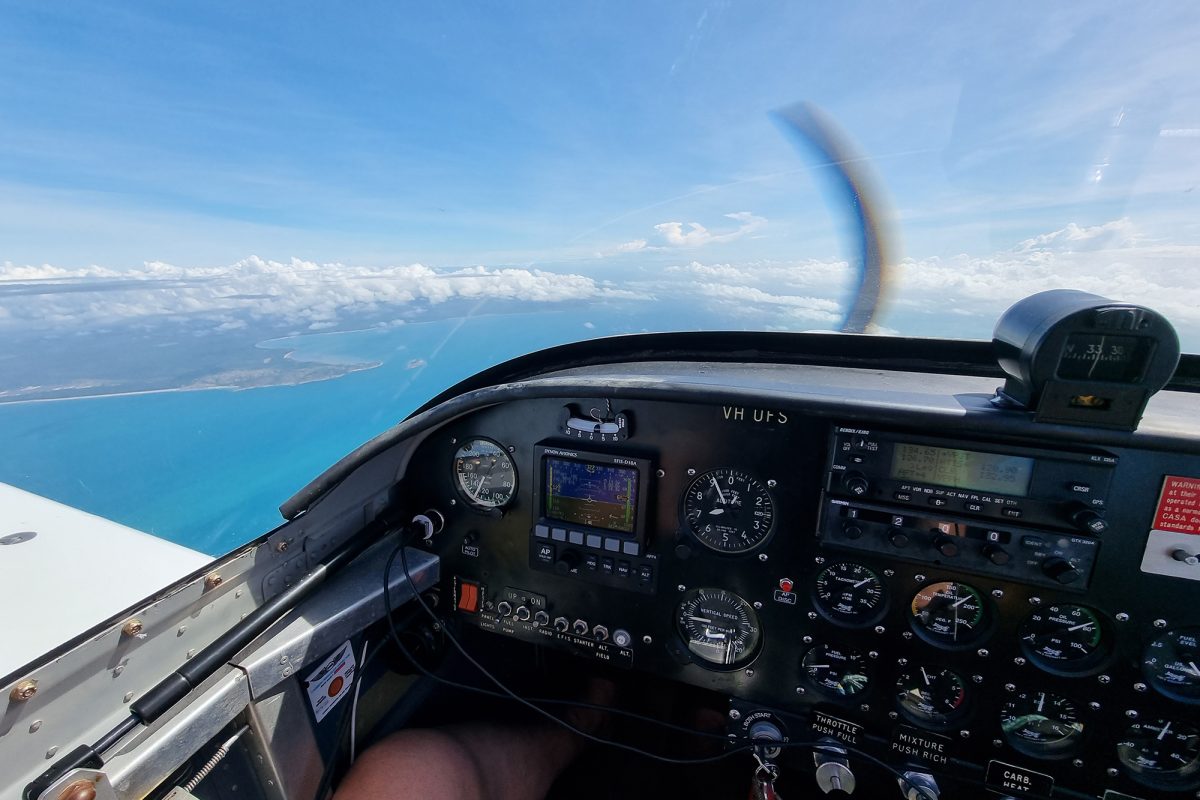At the time of writing this column, I reflect on the events going on around me and can’t help but think we are in a period of change that presents RAAus with a wealth of opportunity. We have just welcomed a new DAS/CEO of CASA, the Chief Commissioner of the ATSB is about to move on and Barnaby Joyce has just resumed the position of Deputy Prime Minister. In addition to this we have, of course, recently welcomed a new CEO on board with us.
I sat with Pip Spence, the incoming DAS/CEO, in recent days to discuss some of the challenges that we face both as an organisation and a broader industry. We discussed developments around weight increases, access to controlled airspace and our desire to speed up progress on these initiatives. We also discussed the approach to regulation and the need to move to outcome-based regulation where appropriate and when opportunities present themselves. I’m glad to say that the conversation was positive and I am optimistic that the next twelve months will yield results under the stewardship of Pip and her team.
In December of this year, the new CASR Part 103 will go live and we are working hard to assist CASA in the development of the accompanying MOS to ensure that it opens up new possibilities for the sport sector as a whole. This new piece of regulation will end the era of sport organisations operating under a series of exemptions and move us towards having specific regulation to address our needs. It will also remove some of the exclusive aspects of the existing CAOs, allowing us to work more closely with our colleagues in other parts of the sport aviation sector to address issues as a collective, rather than a series of individual voices. Importantly, the elements of the existing CAOs that shape our activities of today will be retained such that our current rights and privileges will be protected.
This latter point is one that is often lost on people who are members of RAAus and our sister organisations. It is very easy to look at the membership fees or the processes behind renewing a pilot certificate or aircraft registration and ask what it all pays for. The answer, in very simple terms, is a team of people that fight for the protection of your rights each and every time they come into work. We are not that organisation that shouts from the rooftops what we are up to every day, and perhaps we could be better at communicating that. We are the quiet achievers in the background, chipping away at issues that affect members and their ability to fly. I can hear the cries from many, and rightly so, that we have been promising movement on MTOW and CTA for years and have not delivered. I can’t argue with that. I’d love our progress to be faster and agree with the frustrations aired by those voicing their disappointment. That said, we should not overlook the wins we have had along the way.
In recent times, I have seen our team deliver solutions to technical issues that have prevented aircraft from being registered. That same team has worked tirelessly on the concerns of aircraft owners who have found that their prized possession weighs more than they thought, the outcome resulting in weight increases being allowed by the factory. Orphaned LSA aircraft have been provided with a path to allow them to continue to operate.
Our team has also worked with people facing medical issues to come up with ways that keep them flying. This includes some flying instructors that have faced difficulties and would see their livelihoods adversely affected if their ability to fly was hampered.
All of these things have been done while we, as an organisation, face escalating pressures across the board. We constantly deal with legal, financial and regulatory hurdles that make it increasingly difficult to engage in aviation activities and shield our membership base from these challenges.
Our fellow sporting orgs are no different and are facing similar challenges. It is no secret that some organisations are reviewing their insurance policies in an effort to reduce costs, while others are facing regulatory barriers that increase their cost base in other ways. We are no different and are constantly trying to find the balance between protecting our members’ rights and minimising the impact of costs passed through to members. It is a delicate act, and one that takes an incredible amount of effort to ensure we achieve the right outcomes.
I look at the Chief Commissioner of the ATSB, Greg Hood, moving on and wish him the best in whatever endeavours he engages in over the coming years. He has been a good, stable leader and a good friend to us all. Equally, I look to the political parties, more specifically the transport portfolio that oversees aviation, and hope that the outcomes in this area are all positive. And we very much look forward to forming a positive and constructive relationship with Pip in her new role. We have a great deal of faith that she can lead CASA through its next phase.
Despite all of these changes however, one thing remains unchanged; our unwavering dedication to furthering the interests of aviation in Australia. As the country’s largest cohort of pilots, aircraft owners & operators, flying schools and aero clubs, we will always be in the corner of aviators across the nation and fighting for their rights Australia-wide. That is one thing that won’t change.









